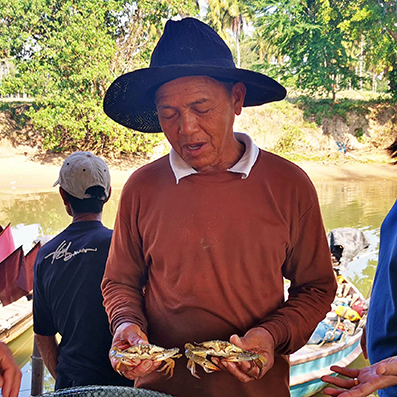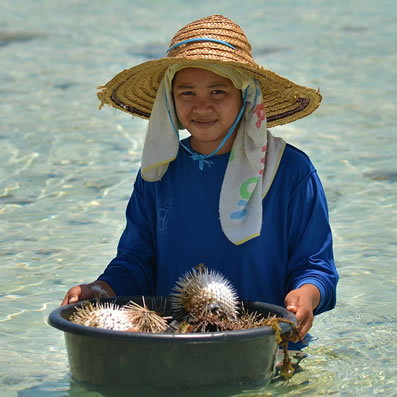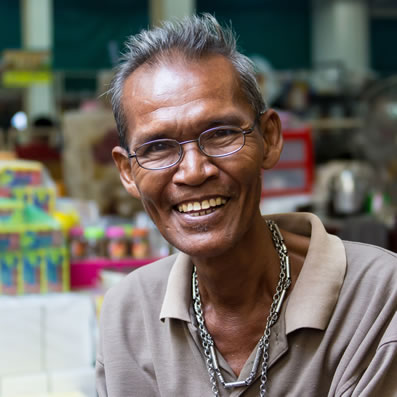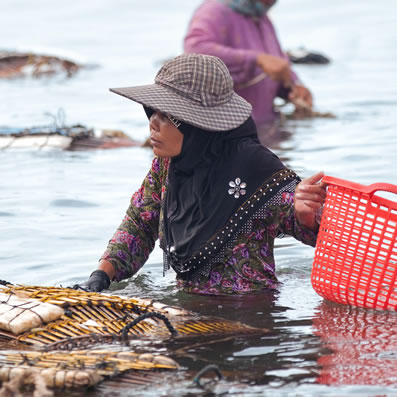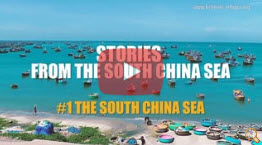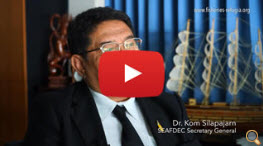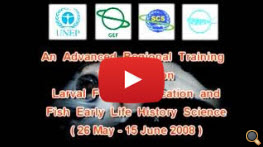THE SOUTH CHINA SEA FISHERIES REFUGIA INITIATIVE
FISHERIES REFUGIA PROJECT SITES
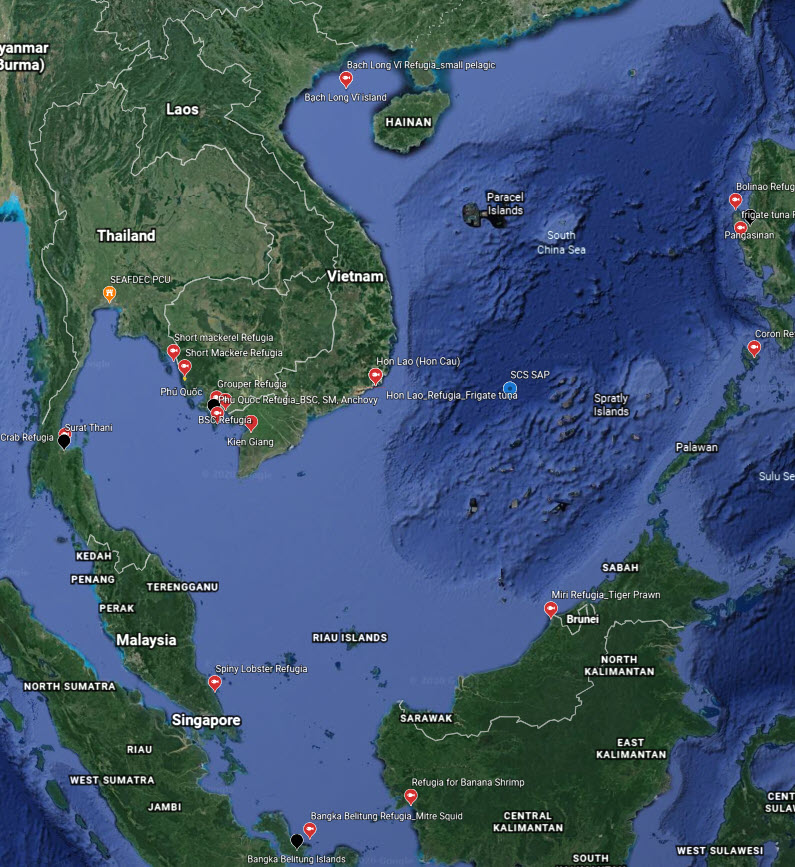 Click Here for
Click Here for More
Information
SCS SAP PRIORITY SITES (Habitat Linkages)
 All SCS SAP and
All SCS SAP and Fisheries Refugia
Priority Sites CHINA HABITAT
SITES CAMBODIA HABITAT
SITES INDONESIA HABITAT
SITES PHILIPPINES HABITAT
SITES THAILAND HABITAT
SITES VIET NAM HABITAT
SITES
Meet our Stakeholders
Social Media
Social Media
RIFE organized the NFRC3 in Bekasi, West Java, Indonesia
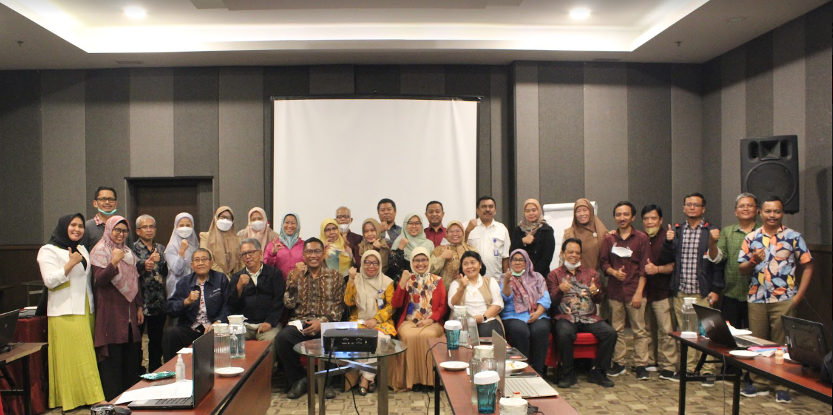
Research Institute of Fish Resources Enhancement (RIFE) organized the Third Meeting of the National Fisheries Refugia Committee (NFRC3) in Bekasi, West Java, on 21 June 2022. The meeting was held attended by its members from RIFE, Center for Fisheries Research (CRF), Agency of Marine and Fisheries Research and Human Resources (AMFRHR), and Directorate General of Marine Spatial Management (DGMSM). Establish fisheries refugia in Indonesia following steps: identification of spawning habitats, ecological studies of target species, agreement with stakeholders, preparation of management plans, implementation of management, and evaluation. Identifying fisheries refugia areas considers ecological factors, fisheries resources, mangrove conditions, suitability and delineation of refuge zones, community socio-economics, stakeholders, and refugia management plans. Figure 1 shows the national log frame for the establishment and operation of the fisheries refugia system in Indonesia.

Figure 1: National log frame for the establishment and operation of the fisheries refugia system in Indonesia.
Two fisheries refugia were identified: first in West Kalimantan province for penaeid shrimps covering Kubu Raya Regency, North Kayong Regency, and Ketapang Regency (Figure 2); secondly is in Bangka Belitung province for squid covering Bangka Regency (Figure 3). The meeting considered a new fishing policy in Indonesia called a quota-based measurable fishing policy. The Ministry of Marine and Fisheries Affairs (MMAF) will implement a quota-based measurable fishing policy to encourage better capture fisheries management by balancing the economy and ecology. The policy will be imposed in 11 Fisheries Management Areas (FMA) of Indonesia. The fishing zone will be divided into six zones, one of which will be designated as a spawning zone and a nursery ground. Establishing a fisheries refugia in Indonesia that aims to protect spawning and nursery grounds and habitat linkages is, therefore, in line with and support the measured fishing policy.
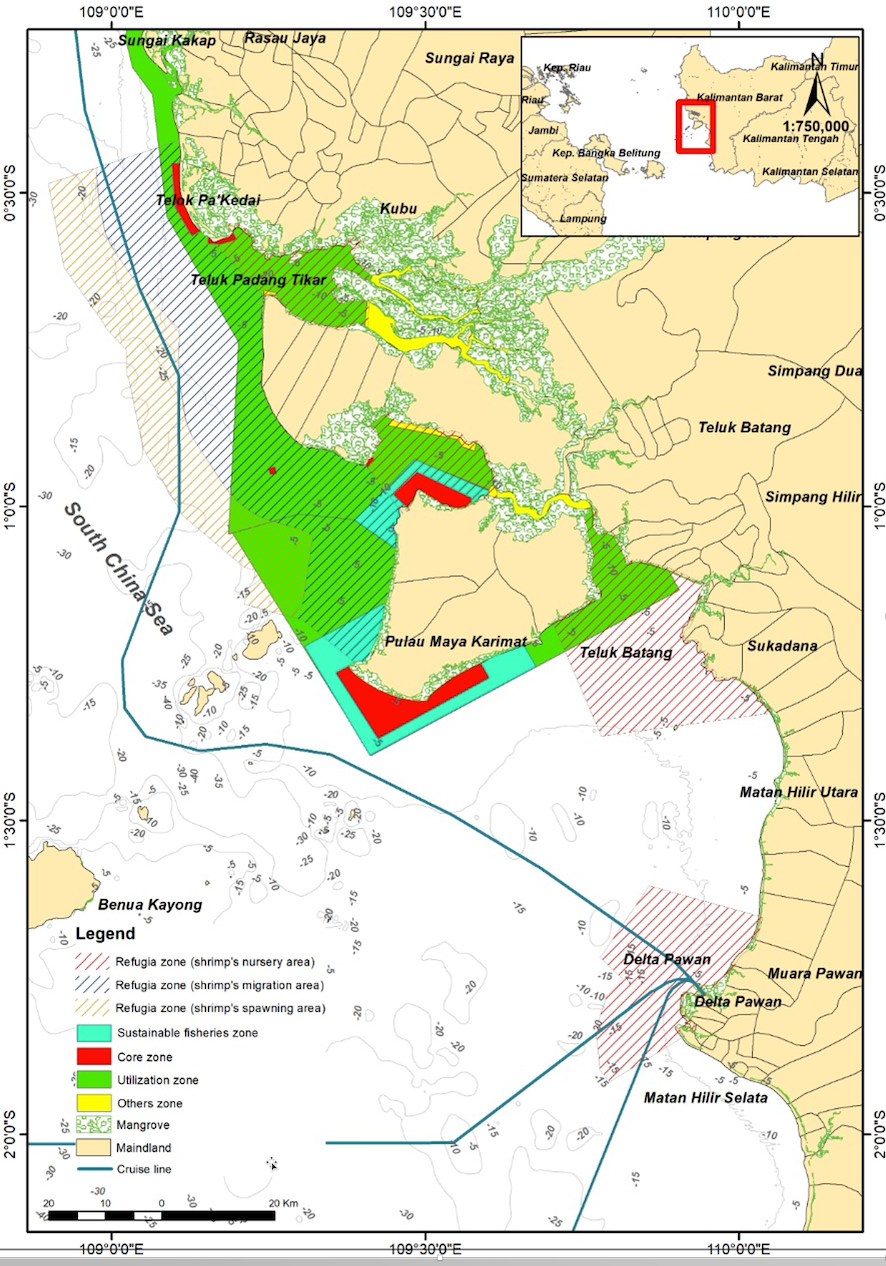
Figure 2: penaeid shrimps refugia in West Kalimantan
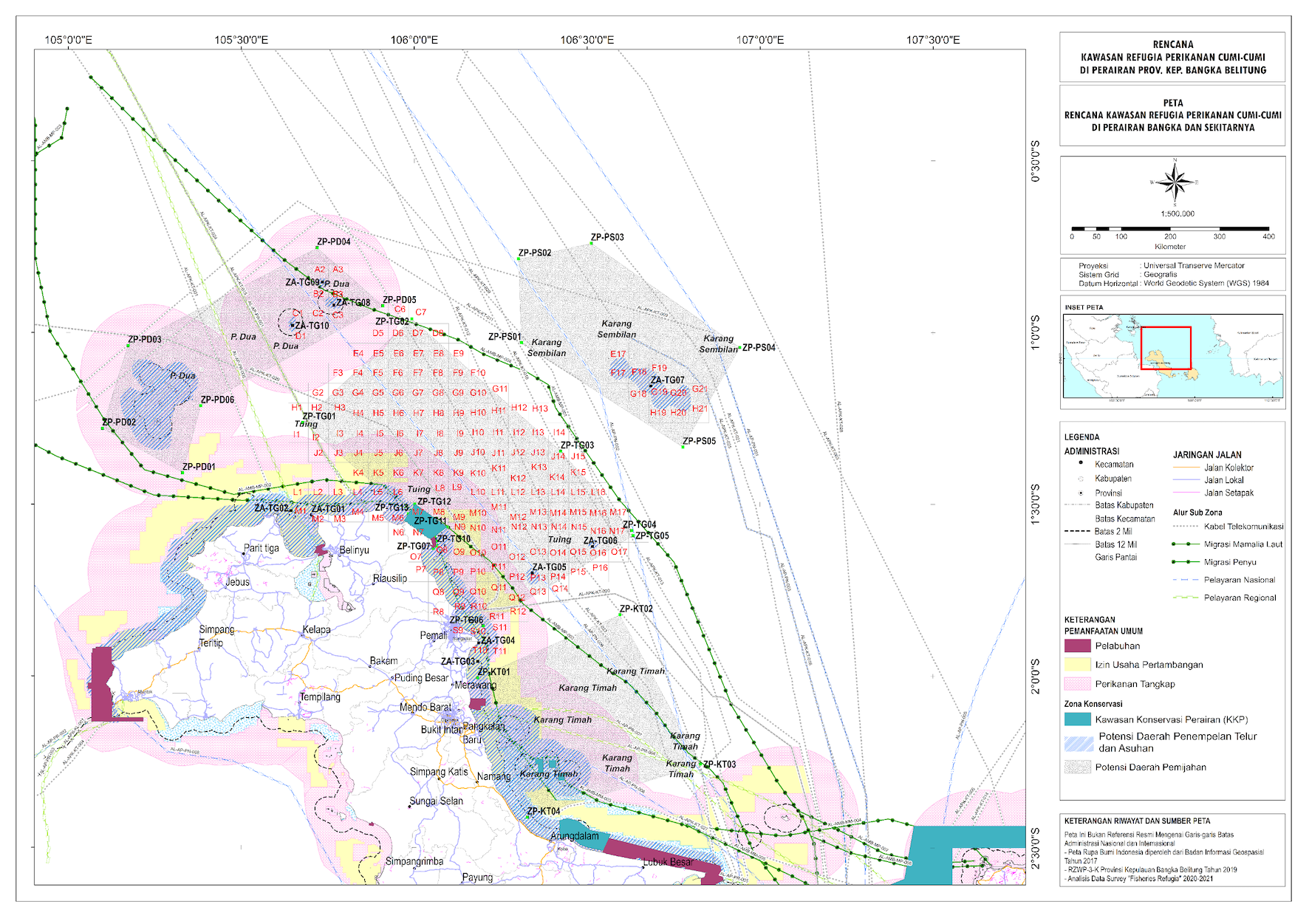
Figure 3: Squid refugia in Bangka Belitung
The meeting also notes that utilization of marine space must be considered in the establishment and management of fisheries refugia because it will be related to the relevant authorities. The management of fishery activities carried out in zones below 12 miles from the coastline is under the province's authority, while for territorial waters above 12 miles, it is the authority of the central government. Accordingly, the management plans of fisheries refugia, agreed by the stakeholders, will be submitted to local governments (Department of Marine and Fisheries of West Kalimantan Province and Bangka Belitung Province), which have fisheries management authority under 12 miles. In addition, it will be submitted to the directorate general of capture fisheries as a recommendation for marine and fisheries management over 12 miles. The meeting also supports the guidelines for fisheries refugia establishment as a reference for replicating fisheries refugia in other Indonesian waters. For more information, visit our website: https://fisheries-refugia.org/refugia-country-activities/refugia-indonesia
Online: 2022-09-08
